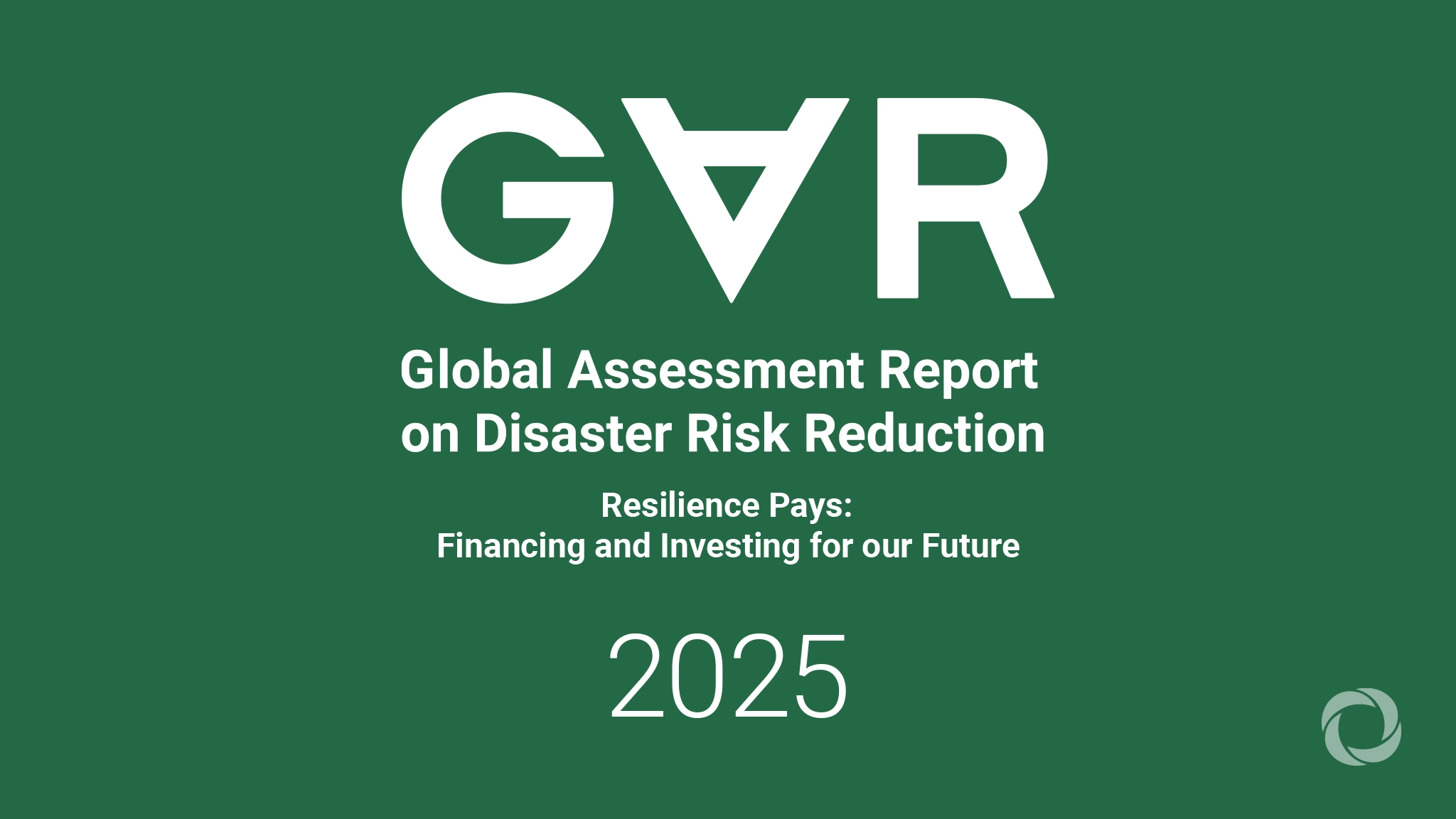As the Second World Summit on Social Development opens this week, the message is clear: protecting people and development gains is essential to help countries anticipate, mitigate, and recover from crises while keeping development on track, United Nations Office for Disaster Risk Reduction Regional Office (UNDRR) said. The UN Global Assessment Report on Risk 2025 report shows that building resilience is both possible and cost-effective despite rising global risks.
The direct costs of disasters averaged $70-80 billion per year between 1970 and 2000 but jumped to $180-200 billion per year between 2001 and 2020. When cascading impacts are included, estimates of indirect economic costs climb to roughly 2% of global GDP. But these consequences aren’t only financial. Poor households feel the effects for years—households in high-income and upper-middle-income countries recover 36% and 27% faster, respectively, than those in low-income countries. Disasters also cut access to health, education, and basic services, deepening inequalities.
Since the Sendai Framework was adopted in 2015, many countries have expanded early warning coverage, strengthened disaster laws, and put safety nets in place that have cut disaster mortality overall. The global average number of disaster-related deaths and missing persons per 100,000 people has halved, from 1.61 in the decade before Sendai (2005-2014) to 0.79 in the following decade (2014-2023). These achievements prove risk reduction works. But progress is uneven. Over 4 billion people still lack any form of social protection, leaving the most vulnerable—women, children, older persons, and persons with disabilities—at greatest risk.
Evidence shows that early warnings and anticipatory action save lives and reduce costs. When people have time to prepare, losses are smaller and recovery is faster. The UN’s Early Warnings for All initiative is helping make this a reality worldwide. GAR 2025 shows that adaptive systems work, with programs in low-income countries showing benefit-cost ratios as high as 10 to 1.

